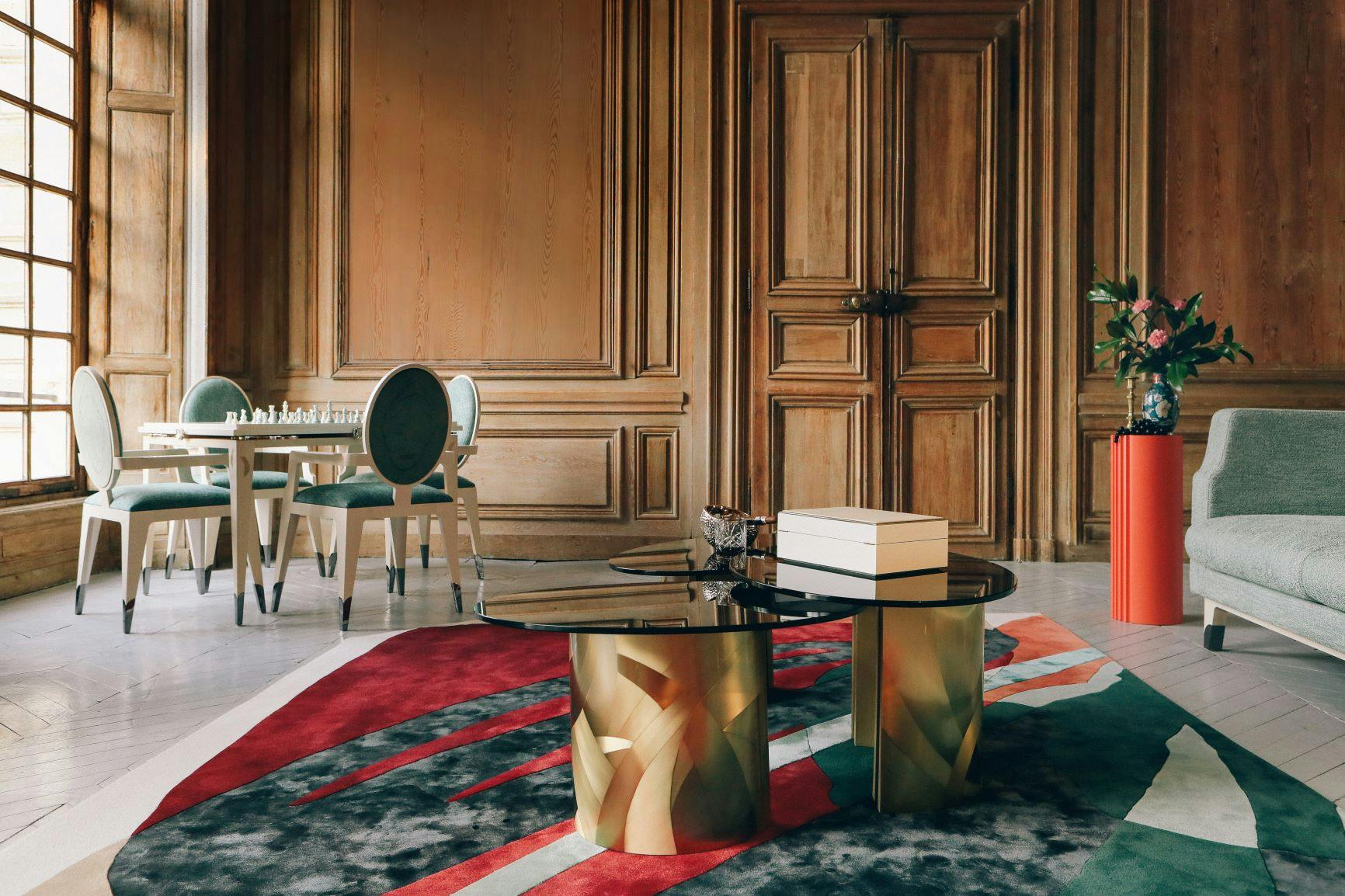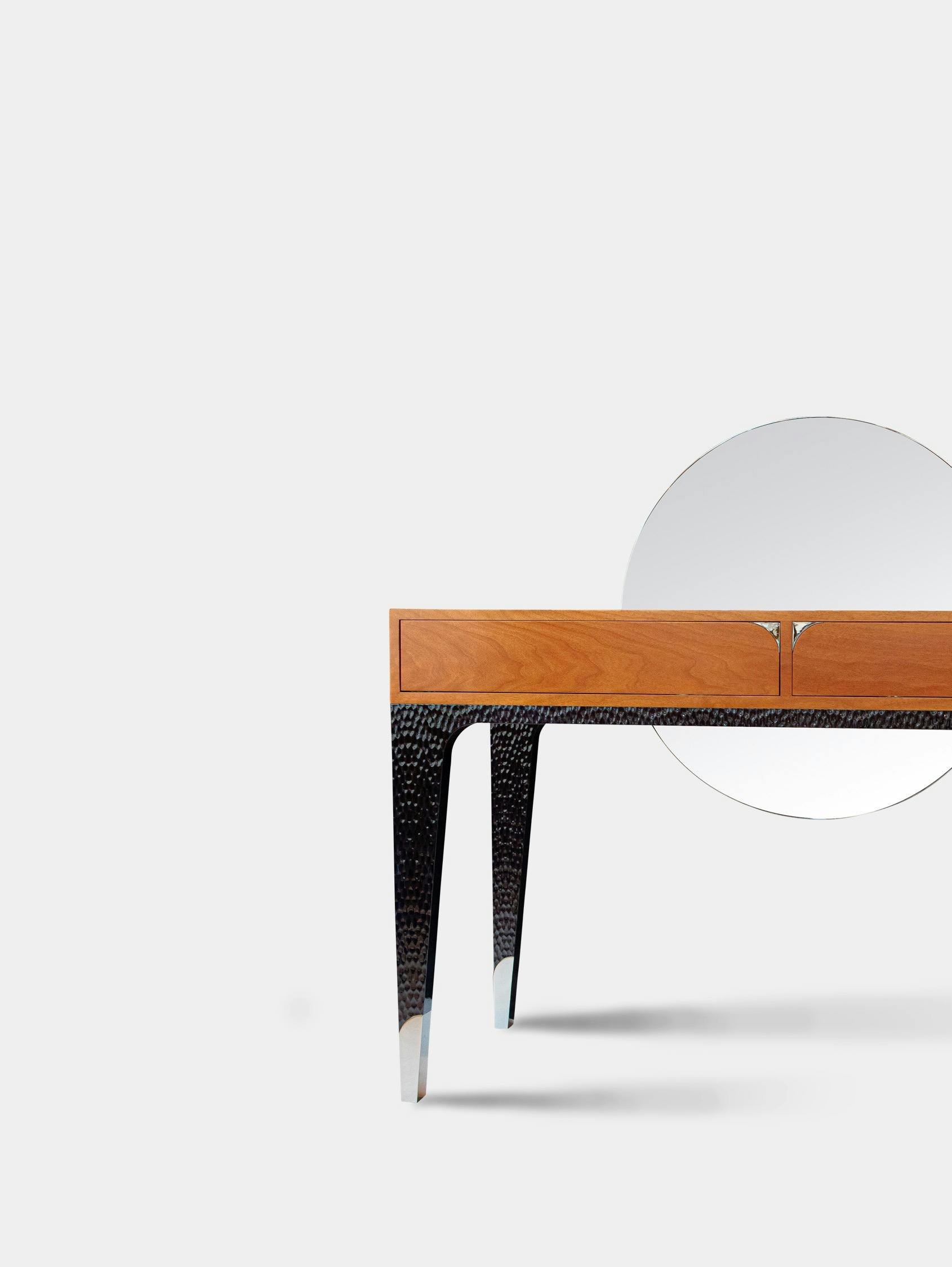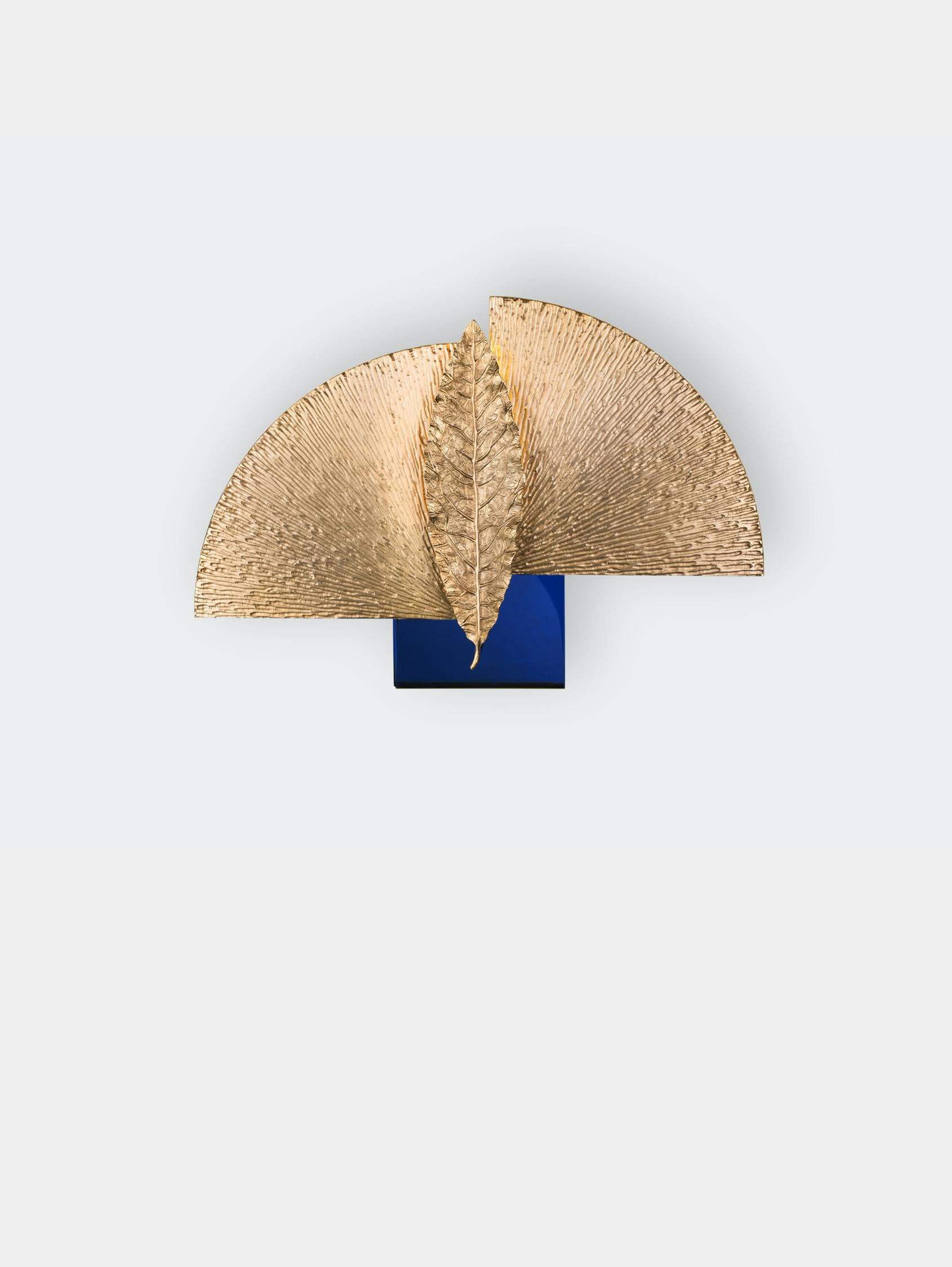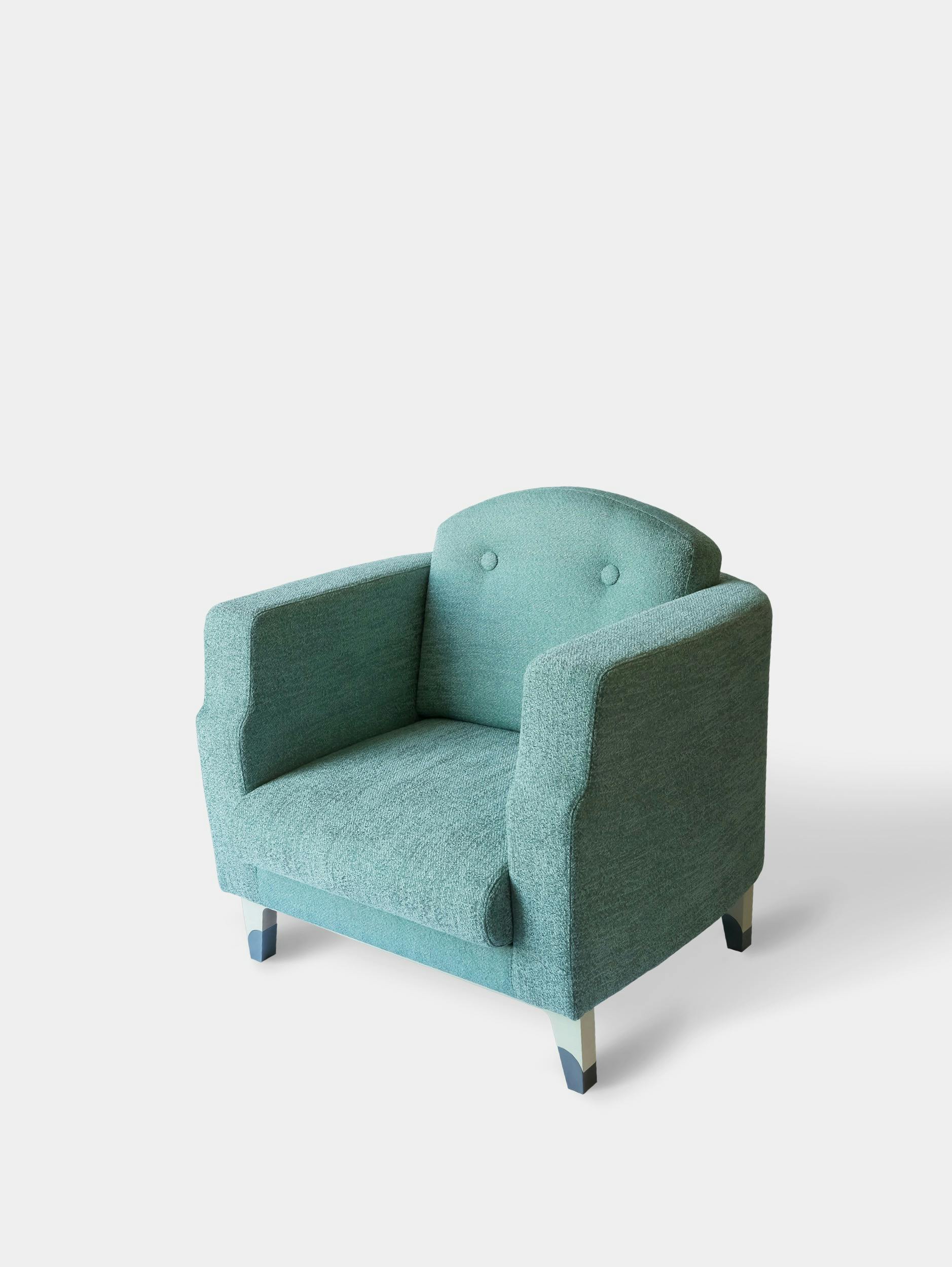Prior to the 20th century, in the classical tradition, the interior décor of any premises was often the creative realm of the architect, with the help of an ornamentalist. This craftsperson specialized in designing ornamentation that served as the stylistic alphabet, thereby adding a special, signature touch to the interior décor, woodwork, marble, stucco, or paint, incorporating the full corresponding repertoire. Trophies, suns, or grotesque figures for the Louis XIV style, coquilles (shells) and musical instruments for Louis XV, shepherds and ribbons for the Louis XVI, or eagles, swans, and bees for the Empire. Each trade then did its part: tapissiers (a word meaning anything from tapestry-makers to upholsterers, but here implying interior decorators) carpenters or cabinetmakers for the furniture, with the tapissier, sometimes called tapissier-décorateur, often having the greatest influence.
The 19th century, marked by an eclecticism that involved revisiting the major styles of previous centuries, did not fundamentally change the situation. At most, it solidified the reign of antiques, which was logical at a time when the taste for ancient things was keen – from neo-Renaissance to neo-Louis XVI to neo-Gothic. At the dawn of the 20th century, influenced by the Arts and Crafts movement and the total art style of Art Nouveau, fashions leaned more toward decorative ensembles. As early as the end of the preceding century, in his report on the 1878 Paris World’s Fair, Jules Simon wrote that English furniture manufacturers, instead of presenting their designs based on furniture categories, furnished entire rooms: “They take this focus on the ensemble to the extreme, to the point of placing crystal and porcelain articles on a living room shelf. »







